#working class history
Photo

California’s first woman structural engineer, Ruth Gordon Schnapp, 1970s
#Ruth Gordon Schnapp#women#upl#va#photography#history#women's history#working class history#working class
6K notes
·
View notes
Text
"Women only started working very recently so a woman's place is the house-" shut up and feast your eyes at old photos of women from around the world doing physical labor only for them to return home and solely care for 5-10 children and the elderly parents of their husband.
Greek women represent:
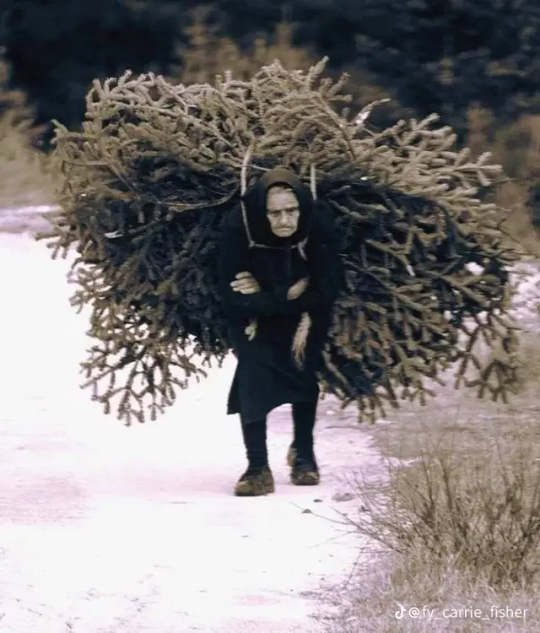
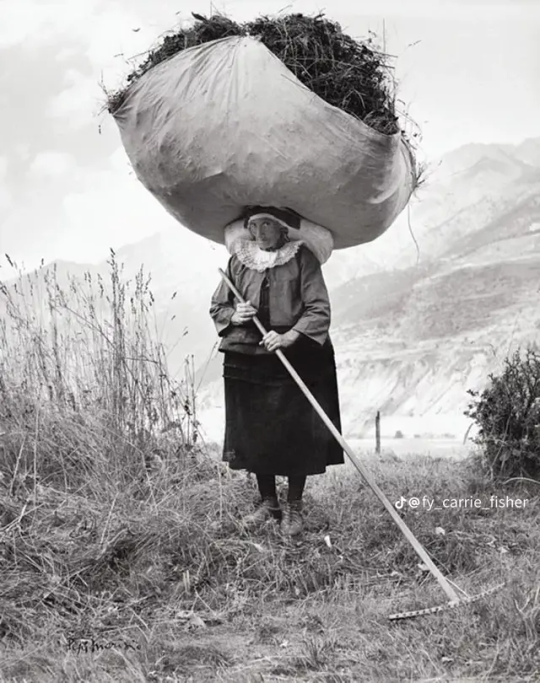
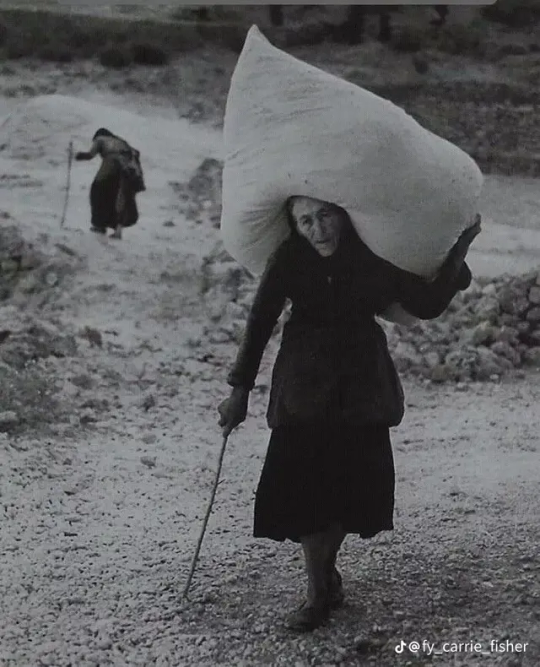
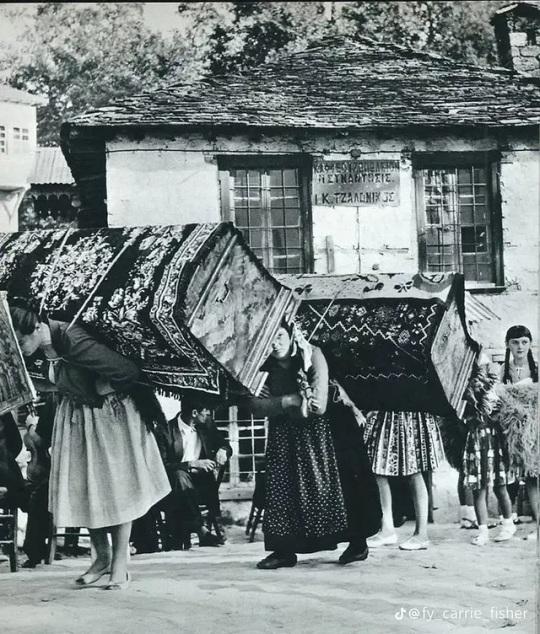
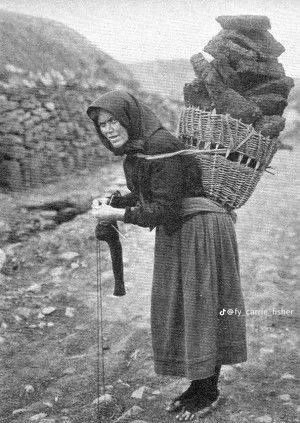
These photos show Greek women doing the type of physical labor they would perform more often than not. At the luckiest working conditions for rural women (aka most of the country) they would start working the fields as children and when they got older they would work the same fields with their own babies on their backs.
On the way home from the fields, sometimes the women would carry the wood and the mule would carry the man so he could rest.
Of course, we can talk about the manual labor that is rubbing cloth and metal for hours on end, chopping and carrying wood to light a fire for a large cauldron your size, and stirring it for hours.
But we can also talk about how it wasn't for them to break and carry rocks in baskets for the making of new roads. They would gather salt, olives, and grapes and carry them on large baskets filled to the brim. For salt they carried thirty kilos each trip, doing fifty trips each, stepping shoeless on the grains of salt.
Carrying water was also their job, often moving large barrels with all the water a house of 10 needed upon hills that horses and mules had trouble ascending.

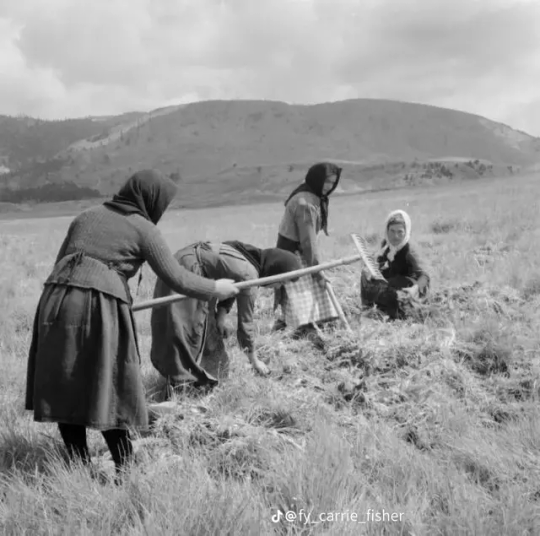
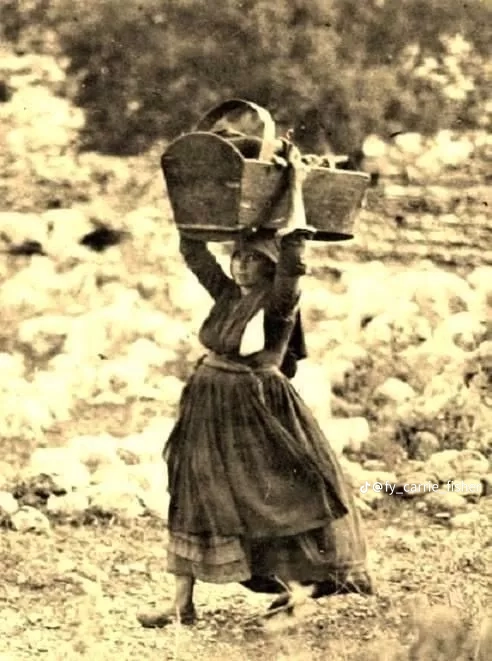


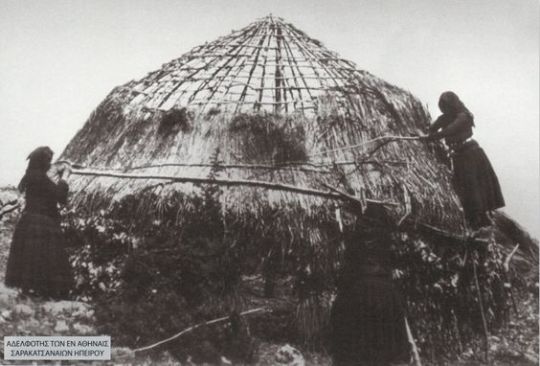

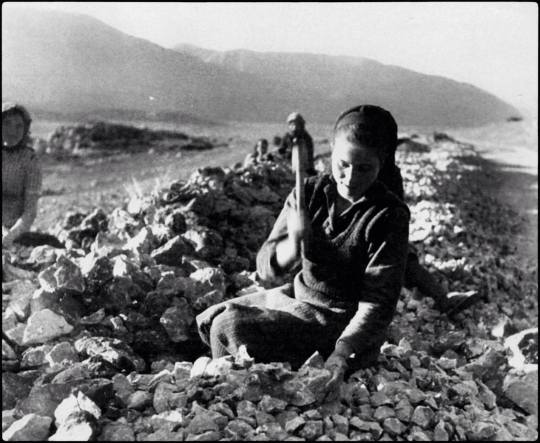
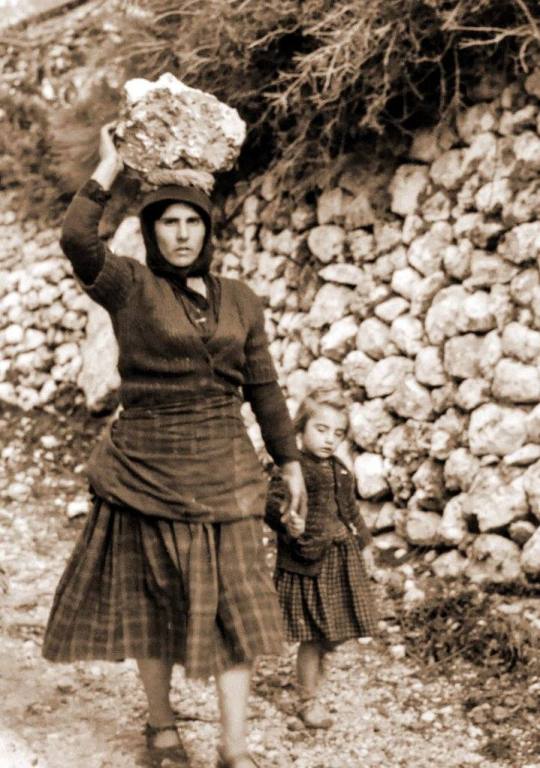



(more photos for salt mining and carrying here)
It's no hyperbole to say these women carried their incomes and households on their backs. "The good she-housekeeper is a slave and a lady" the old Greek saying goes. A "good woman" was a woman who could be strong and work at home and in the field, often described with the qualities of a mule. Men took their wives out in the fields so much that some who were a bit more educated had to make their husbands sign that they wouldn't ask them to work alongside them in the fields! (source in Greek)
Some of these photos are also from 1970. I'm missing a photo from Leukada showing women carrying baskets of the stones they broke, and I'll add it here when I find it.
Basically, women were out of the house forever. A woman who got to stay home and never perform any labor had some type of privilege (wealth, status etc). Same as the many privileged men around the world who didn't perform any labor at all.
===================================
If my posts have helped you in any way consider buying me a ko-fi 💖
#greek women#greece#greek history#vintage#vintage photo#manual labor#working class#greek people#working class history
2K notes
·
View notes
Text
50 years ago, today, the "other 9/11" took place in Chile
It was on this day that the democratically elected socialist Salvador Allende and his government was overthrown by C.I.A backed fascists, led by Augusto Pinochet.
Pinochet's regime would play straight into the hands of U.S imperialists and businessmen, implementing neo-liberal reforms that drove millions into poverty, persecuting leftists and labour activists, imprisoning and torturing and murdering tens of thousands of innocent people.
Remember the victims.


Remember those who knew and supported what was being done.

Remember that this is what spreading "freedom" and "democracy" means to the United States.



826 notes
·
View notes
Text

#us politics#news#twitter#tweet#republicans#conservatives#gop#gop policy#gop platform#republican family values#more perfect union#iowa#iowa senate#child labor#child labor laws#worker's rights#working class#working class history#working class solidarity#night shifts#assembly lines#alcohol#alcohol servers#alcohol sellers#bartending#2023
953 notes
·
View notes
Photo
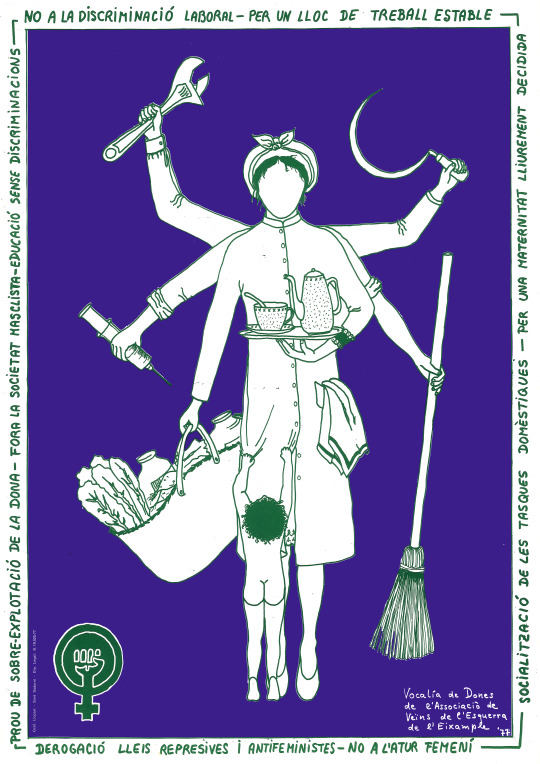
Poster by the women’s group of the neighbourhood organization of the working class neighbourhood l’Esquerra de l’Eixample in Barcelona, Catalonia. From 1977.
In the Catalan language, it says: No to workplace discrimination - for a stable job -- socialization of the domestic chores - for a freely decided motherhood -- abolish repressive and anti-feminist laws - no to feminine unemployment -- stop the over-exploitation of women - out with the sexist society - education without discrimination.
Source: Finestres de la memòria.
#dia de la dona treballadora#il·lustració#arts#women's day#international women's day#1970s#feminism#history of feminism#working class history#graphisme#8m#feminist#poster#illustration#women's rights#coses de la terra#barcelona#langblr
1K notes
·
View notes
Video
not having to work in a factory as a child
#tiktok#british history#social housing#trade unions#NHS#verso books#labor history#working class history#working class#history#labor vs capital#labor movements#labor movement#collective action
347 notes
·
View notes
Text
My Granda, who was born in 1929 and died in 2019, told me often when I was a little kid of the disabled veterans of WWI who lived in his close in Glasgow growing up.
They always told him of the horrifying meat grinder of war and how it was a complete scam; that they were haunted by the men they may have killed - they rarely really knew who they were firing at - who were other working men exploited by other rich egomaniacs.
I know they were a big part of why he joined the Communist Party as a young man, though he left when he saw how they were parroting authoritarian lies from horribly similar exploiters in different outfits in the USSR. He was never diagnosed, but I am 100% convinced my Granda was autistic. I think it’s part of why we got on so well - he was also perpetually unable to deal with doing shit because people with wealth told you so.
I used to talk about socialism and anarchism to him when I was a teen and he did remain hopeful that grassroots movements could still do good and prevent exploitation, and that authoritarianism in the USSR and China didn’t change that.
And he always passed on precisely what the WWI veterans he remembered so strongly told him; “Anyone who talks about war as glory is scamming you.”
#socialism#anarchism#there’s no fucking glory#anyone who talks about war as glory is scamming you#authoritarianism#modern history#family history#working class history#ww1
131 notes
·
View notes
Text

Sausage, the Greek Riot Dog
On this day, 9 October 2014, the Guardian newspaper reported that Greek 'riot dog' Λουκάνικος (Loukanikos: "sausage") died peacefully in his sleep.
Loukanikos was the most famous of the Athens stray dogs who joined demonstrations and riots against the police murder of Alexandros Grigoropoulos and later against austerity measures.
Like other riot dogs, Loukanikos instinctively joined demonstrations on the side of protesters, against the police, and often confronted officers while defending the crowd. For example, on one occasion during a march of public sector workers against cuts, Loukanikos barked and tripped up police as they charged down steps at the marchers.
Loukanikos became famous around Greece, and later, the world. Especially in 2011, when he became one of the “people of the year” of Time magazine.
Inhaling police tear gas and other chemicals during the many riots in which he participated, and being kicked by police, led to a deterioration of his health. He was adopted and retired out of the city in 2012.
He died peacefully at the approximate age of 10.
He was a good boy.
We have produced some posters and merch commemorating his life, and other riot dogs, to help fund our work, available here:
https://shop.workingclasshistory.com/collections/animals
90 notes
·
View notes
Text

On This Day (2nd Nov 1970) actor and Vietnam GI resistance supporter, Jane Fonda, was arrested at Cleveland airport after supporting Vietnam Veterans Against the War, and charged with drug smuggling. The bogus charges were dismissed. Learn more about the resistance here.
56 notes
·
View notes
Text

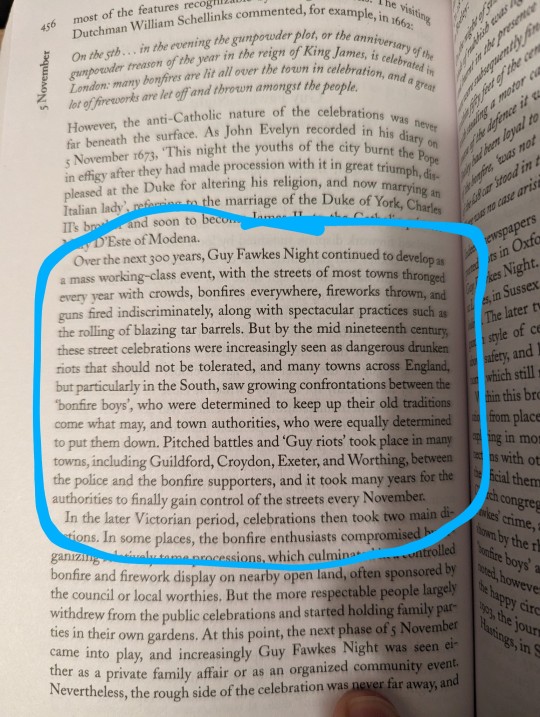
Bring back the working class BONFIRE BOYS who kept bonfire night alive with pitched battles and riotous behaviour
44 notes
·
View notes
Text
"What you find is, so that where police killings are the most racist, is where poverty is most racialized, and where poverty is least racialized you even find sometimes disparities: in both South Carolina and Tennessee white people are killed at a slightly higher rate by police than their overall portion of the state's population and you see that like, and there's a lot of poor white people in both those states. Which means it's, that's what you're saying, that policing is primarily about class."
"Because yes there's racism, yes there's racist attitudes, you know you got the racial segregation all that this stuff places into, but it's like, if you pull out far enough, what you see is it is fundamentally about class. It's not that race doesn't matter, it's not that immigration status doesn't matter, those matter. But if you pull out the larger thing, the deeper animating thing is class rule and the management of a totally unequal, exploited class society."
"And part of this whole thing, is also you get the thing about the difference between exploitation and oppression right? People get very confused on those things and, you know, counterintuitively, frequently, you know I think history shows that the best ways of overcoming oppression and social pressure is by fighting economic exploitation."
- Christian Parenti on Midwestern Marx
#source
#christian parenti#poverty#us poverty#class war#class warfare#us imperialism#us hegemony#western imperialism#imperialism#working class#working class history#socialism#communism#marxism leninism#socialist politics#socialist news#socialist worker#socialist history#socialist#marxism#communist#marxist leninist#politics#progressive politics#us politics#geopolitics#worker solidarity#workersolidarity#WorkerSolidarityNews#marxist history
60 notes
·
View notes
Text
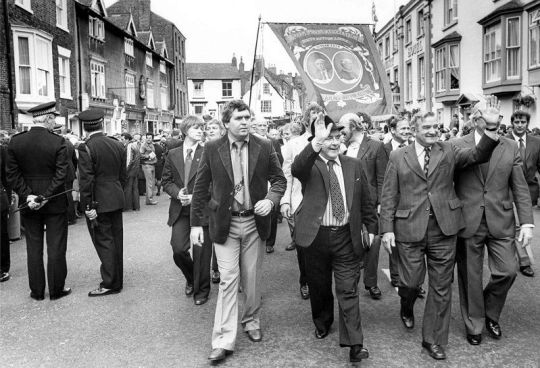

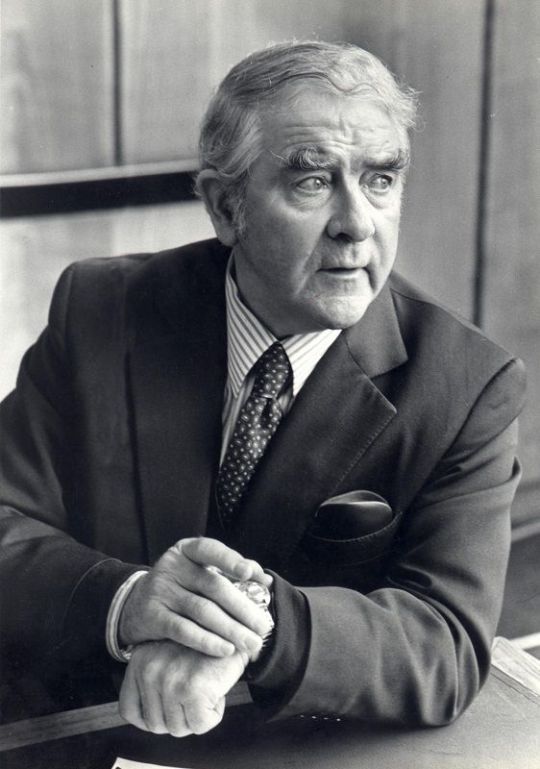
On February 18th, 1981, a BBC headline announced something that would be unthinkable three years later, 'Thatcher Gives in to Miners'.
"…Mrs Thatcher's Conservative Government has withdrawn plans to close 23 pits in its first major u-turn since coming to power two years ago. President of the National Union of Mineworkers Joe Gormley is confident the government's intervention will avert the threatened national miners' strikes…"
After crisis talks in Whitehall between union leaders and Energy Secretary, David Howell, the government agreed to reduce coal imports from eight million to 5.5 million tons and to reinstate higher operating subsidies.
NUM President Joe Gormley stated that as a result of commitments given, he would not be recommending a strike despite overwhelming support for industrial action from within the union membership.
Not everyone was happy;
"…The next day the NUM told all miners to return to work after the executive voted to accept the concessions made by the government and coal board by 15 to 8, with one abstention. Some left-wing pits maintained unofficial stoppages and there were pickets outside the NUM headquarters in London…"
When the government confirmed an injection of 300 million pounds in industry support, the unofficial action was called off and rebel pits were operating again by 20th February. Just over a year later, Joe Gormley secured a 9.3 % pay rise for miners, and was replaced by Arthur Scargill as NUM President.
In a 2002 BBC documentary, a former Special Branch officer claimed that Joe Gormley was a security services informant during the 1970s, having become concerned over the increasing influence within the NUM of left-wing militants.
Arthur Scargill opined,
"…The history of our movement is littered with people in leadership positions who were either connected with Special Branch or connected with the State..."
Joe Gormley was awarded a Life Peerage in 1982, and passed away in 1993.
#social history#uk politics#working class history#social justice#modern history#uk government#british culture#society#uk history#coal mining#coal industry#industrial action#trade unions
25 notes
·
View notes
Text

Happy to be a member of the Kingston Workers History Project in Kingston, Ontario. I've neglected to share some of the articles we are putting out, so here's one on tenant activism in the 1960s and 1970s:
"In 1968, a group of tenants and activists came together in Kingston to form the Association of Tenants Action in Kingston (ATAK). They opposed high rents, argued that tenants should be able to bargain with landlords, and built a wider movement to defend working class and poor people in Ontario against unjust housing conditions. Led by tireless activists, ATAK used diverse tactics to challenge rising rent prices, low vacancy, and hostile landlords. ATAK provides us with an important historical lesson about the effectiveness of grassroots organizing and the dedication of intelligent, diligent leadership to hold governments accountable and advocate for tenants, workers, the poor, and the unhoused."
- "ATAK: Tenant Action in the ’60s and ’70s," Kingston Workers' History Project. November 27, 2022.
#kingston ontario#kingston workers history project#working class history#tenant organizing#tenant action#tenant protest#renters vs landlords#landlordism#rental housing#working class struggle#local history#canadian history
33 notes
·
View notes
Photo
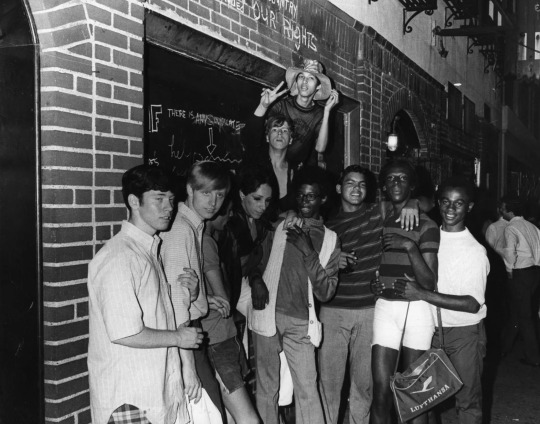
Stonewall uprising! June 28 (– July 3), 1969 / 2022
«Stonewall was an uprising! On June 28, 1969, the Stonewall riots began after the police raided NYC's Stonewall Inn. Working-class Black, Latinx, white, trans women, drag queens, and others fought back for six days. The following year, the first Pride marches took place.» – PM Press
plus: E25-26: The Stonewall riots and Pride at 50, Working Class History, May 13, 2019
88 notes
·
View notes
Text
youtube
2 notes
·
View notes
Text
Florenci Pla Meseguer "La Pastora", intersex antifascist hero
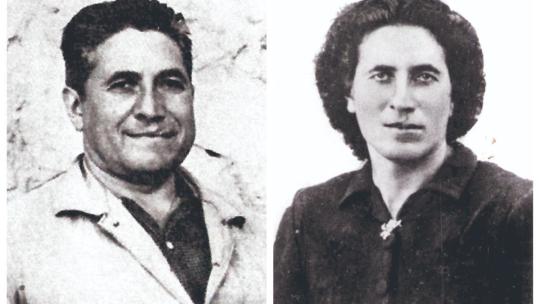
One of the most famous maquis (guerrilla fighters against Franco's dictatorship) is Florenci Pla Maseguer.
(thank you @neonbutchery for the suggestion)
He was born in a farmhouse in Vallibona, in the rural mountains in north of the Valencian Country, in 1917. His body did not fit the categories of either male nor female, so his family were left with the choice of what sex to register him as. His parents decided to register him as female so that he could avoid the mandatory military service.
He grew up in the farmhouse being a shepherd, and never went to school as was usual at the time for the rural working class. When he reached puberty, he developed male secondary sex characteristics.
When the fascists did a coup d'état in 1936, sparking the Spanish Civil War, he wanted offered himself as a volunteer to fight in the republican (=antifascist) army, and he thought that this way he would get officially registered as a man, but couldn't.
He kept dressing as a woman until he was 30 years old, but always felt a man. In his words (originally in Catalan in this interview in El Temps from 1988):
Interviewer: What did you think of your sexual condition? Did it cause you any worries?
Florenci: Problems...? Mainly because of the beard. They said I was half man and half woman, but I never felt a woman. I still remember the first time I dreamed I had an affair with a woman, when I was 13 (...)
I: Have you always felt a man?
F: Always, and I have always liked men's jobs and being registered as a man. In fact, when I walked the flock I carried a sarró [=a kind of bag], like men, and not a basket like women.
He kept wearing women's clothes until he was 30, when he joined the maquis. By then, it was 1947; the fascists had won the war in 1939 and, as a result, Spain and its occupied territories were ruled by Franco's fascist dictatorship, which persecuted the political dissidence, the national minorities (such as Catalans-Valencians) and their languages, and everyone who didn't fit the strict normative and nationalcatholic morale, prominently LGBTQI+ people and women who didn't limit themselves to the roles that the patriarchal society considered fit. The maquis were the armed resistance.
I: How did you change the flock for the maquis?
F: Since I lived in the mountains, I had sometimes talked to them. On a snowy night, three maquis took refuge in a house that was only inhabited in summer -El Cabanil- but one of them ran away -one who was from Morella- and everywhere he went, he spread the word, he snitched it. And the Civil Guard [=the regime's military police] followed their clue until they found them and burned the house down, because they were resisting. The next morning, they arrested El Cabanil's owner and I got nervous because I worked for him, and I decided to escape out of fear of being killed.
I: Was it because of the fear of reprisals or for the humiliations to which the Civil Guard put you through?
F: Yes, that determined it, too. That was on the morning of the same day they burned down El Cabanil, and it was "teniente Mangas" [="lieutenant" Mangas, which he says in Spanish], six guards and two militiamen, one from Torremiró and the other one from Herbesset.
I: And what did they do to you exactly?
F: They were curious to know how could a shepherd girl be half man and half woman. I had sold thrushes to the militiamen, and they told the Civil Guard about my anomaly. Teniente Mangas ignored all rules and made me take off my clothes, until their curiosity was fulfilled. And when they were done, they said "bueno, a hacer bondad" ["well, behave" in Spanish, as a way to say goodbye]. And I felt so much rage, so much helplessness.
(...)
I joined [the guerrilla] and I dressed as a man. There, I was a man like any other.
From then on, he lived as a man and named himself Florenci, though he was known with other nicknames like "Durruti" (after the famous anarchist leader) and, most famously "La Pastora" (the shepherd).
He ended up living in Andorra, but a journalist for the Spanish tabloid El Caso published about him, attributing to him the crimes committed by other maquis, even ones that he had never met. For this reason, La Pastora became famous in all of Spain and the police intensified the search. The Andorran police turned him in to the Spanish police in 1960, accusing him of robbery, banditry and terrorism. He was judged twice for the same crimes: a tribunal sentenced him to 40 years of prison and the other one sentenced him to death and later changed it to 30 years of prison.
He spent 17 years in prison. First, in a women's prison where the women (and him) had to wear very tight miniskirts. He was later moved to a men's jail, where the case was further investigated. The detective saw that there was no proof and that the story didn't match up, so it was impossible that Florenci had committed these crimes. He was freed with a pardon in 1977 and the detective officially registered him as a man.
Despite the slander published by the press, when he came back to his hometown Vallibona, everyone came down to the village from their farmhouses to greet him. He died in 2004, at 86 years old.
Nowadays, Florenci "La Pastora" is by far one of the most famous maquis, if not the single most famous one. He is talked about in songs, books and documentaries, and has become an icon of the antifascist resistance.
#història#país valencià#florenci pla meseguer#la pastora#uselesslgbtfacts#maquis#history#intersex#intersex history#queer history#queer#lgbt history#lgbtq#lgbtq history#antifascist#working class history#antifascism#guerrilla#20th century history
190 notes
·
View notes